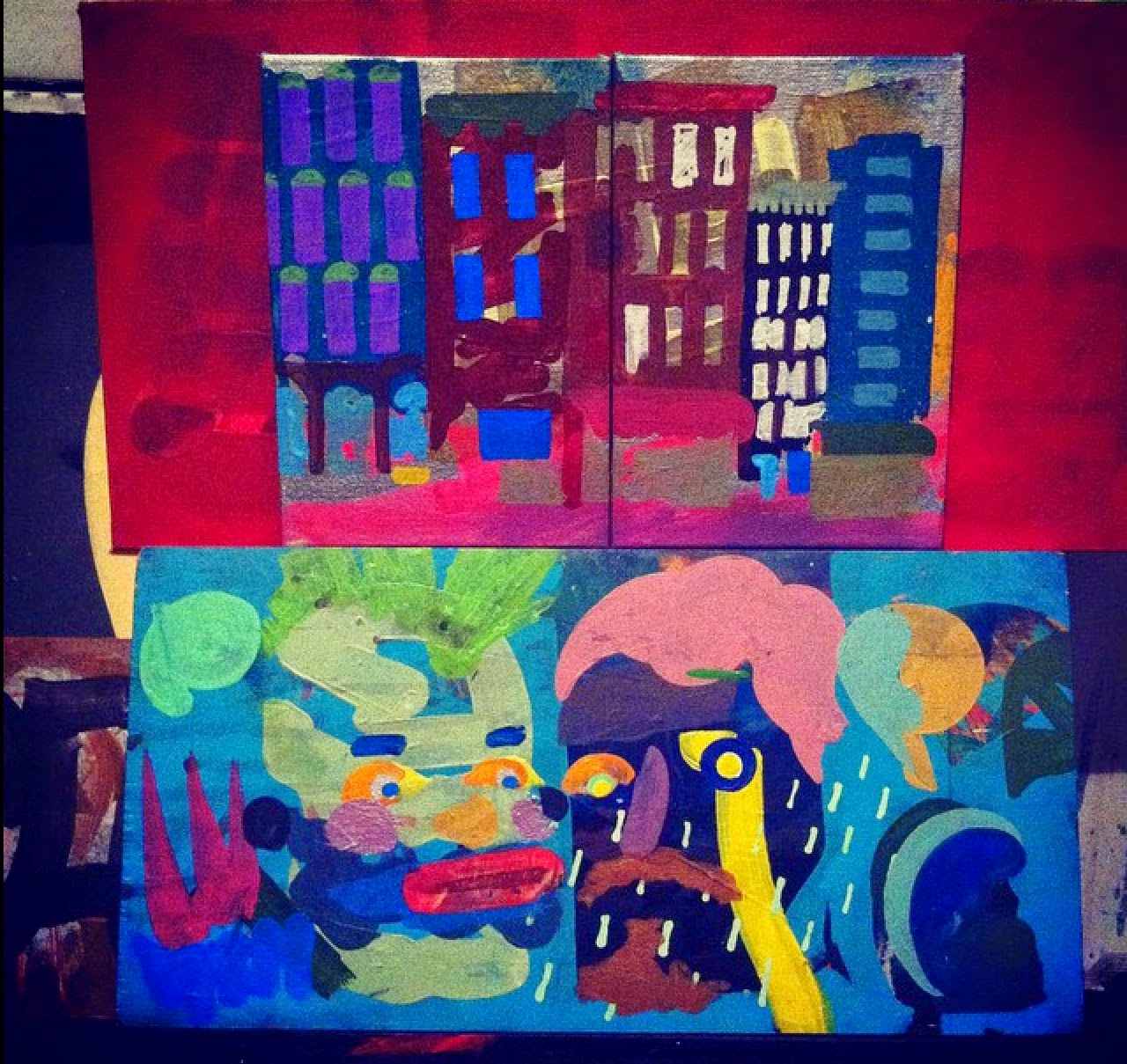From
NY Magazine comes some craaaaazy sick strategy talk from a man who makes his money encouraging the rapid change of neighborhoods. Just like in the stock market, you look for an "edge." The edge, when it comes to buying and selling properties in black neighborhoods, is knowing how to play the many angles of racism, perception and ignorance. It's a shame that the quoted dude is Jewish, since it's not strictly a game for the religious sects. Far from it. But there it is. Perhaps he became a bit comfortable riding around in his own car, showing off a bit to writer DW Gibson. Catch Gibson's
series of articles, and perhaps we can stop pretending that gentrification is some sort of natural market process - one buyer, one seller, all good.
Here's some of the hardest bits to stomach:
We’re small, so we look into places that haven’t caught on — we
just did a place on Nostrand Avenue. People are not even there yet. We put in
$600,000 and everyone was laughing at us. “It’s crazy, you’re over there. A
building for yuppies, white people? It’s not going to work.” The building was
full of tenants — $1,300, $1,400 tenants. We paid every tenant the average of
twelve, thirteen thousand dollars to leave. I actually went to meet them —
lawyers are not going to help you. And we got them out of the building and now
we have tenants paying $2,700, $2,800, and they’re all white. So this is what
we do.
My saying is — again, I’m not racist — every black person has a
price. The average price for a black person here in Bed-Stuy is $30,000
dollars. Up over there in East New York, it’s $10,000 dollars. Everyone wants
them to leave, not because we don’t like them, it’s just they’re messing up —
they bring everything down. Not all of them.
Most of them don’t believe you at first. "Oh, you Jewish
people you’re a bunch of thieves, you’re never going to give me my money."
But once you start actually having a base of people who know you, who you
actually gave the money, it’s better. Sometimes it’s really tricky because
you’ll have one person willing to leave for $2,000 and another wants $20,000.
And the second this guy finds out that guy is getting 20 he says, “Hell no, I’m
not leaving. I want 20, too.”
They don’t know — here he
lowers his voice — that even
if they get the money and they left, they could always come back. They don’t
know that part. And it’s so scary sometimes because they could come up in the
middle of construction and say, “It’s my property, I didn’t understand what I
was signing, and I want to come back.” Some blacks have an attorney and everything. So I try to make
them happy, even if they’re going to go for $7,000 or $8,000, I’d rather give
them an extra grand so they’re happy and they’re not going to think about it
too much. Again, I don’t want to be a racist, but when I have a building—I
can’t even say it because it’s not going to sound right.
He lowers his voice again:
If there’s a black tenant in the house—in every building we
have, I put in white tenants. They want to know if black people are going to be
living there. So sometimes we have ten apartments and everything is white, and
then all of the sudden one tenant comes in with one black roommate, and they
don’t like it. They see black people and get all riled up, they call me: “We’re
not paying that much money to have black people live in the building.” If it’s
white tenants only, it’s clean. I know it’s a little bit racist but it’s not.
They’re the ones that are paying and I have to give them what they want. Or I’m
not going to get the tenants and the money is not going to be what it is.
The scary part about doing this is, if the black guys start to
realize how much the property will sell for. This is a new thing now, the past
year. A million, two million dollars—it’s crazy, crazy numbers. None of them
realize yet—some of them do—the amount of money you can get. The scary part is
they’re going to realize they can get the same exact house in East New York for
$400,000, $500,000 and they can get paid $1.5 million for their home in Bed-Stuy,
they’re going to start dumping houses on the market and the market’s going to
be flooded and it’s going to cool down. It’s already cooling down.






































